Why Your Back Pain Keeps Coming Back (Even After Rest)
Why your back pain keeps coming back is a question that frustrates millions of people. You rest, avoid heavy lifting, maybe even take a day off work… and yet, within a few days, that familiar ache returns like an unwelcome guest.
If this sounds like you, you’re not alone. In fact, recurring back pain is one of the most common health complaints worldwide—and understanding why it happens is the first step to finally breaking the cycle.
The Frustrating Reality of Recurring Back Pain
Imagine this: you wake up on a Saturday, ready to enjoy your weekend. But instead of feeling refreshed, you notice a dull, nagging pain in your lower back. You didn’t do anything unusual the day before—so why is it back?
This scenario plays out for millions, affecting not just physical comfort but also mood, work performance, and even relationships. Recurring back pain isn’t just an inconvenience—it’s a disruption to daily life.
Common Reasons Why Your Back Pain Keeps Coming Back
Some causes of recurring back pain are obvious, but others may surprise you. Here are some of the most frequent culprits:
- Poor posture – Slouching over a desk or looking down at your phone strains your spine.
- Weak core muscles – Your core supports your back; weakness here leaves it vulnerable.
- Lack of movement – Long periods of sitting can tighten muscles and stiffen joints.
- Sleeping position – A mattress or pillow that doesn’t support your spine can trigger pain.
- Stress and tension – Emotional stress can cause muscle tightness in your back without you even realizing it.
- Repetitive strain – Doing the same movements over and over can lead to micro-injuries.
Some people experience pain from a combination of these factors, which makes solving the problem more complex.
How Recurring Back Pain Impacts Your Daily Life
Living with recurring back pain isn’t just about discomfort—it can change how you live your life:
- You may avoid activities you love, like playing with your kids or going for a walk.
- Work tasks might take longer, especially if they require standing or lifting.
- Your sleep quality can decline, leading to fatigue and irritability.
- You might rely more on painkillers, which only mask the symptoms temporarily.
Over time, this can create a frustrating cycle: pain → limited activity → weaker muscles → more pain.
What People Typically Try (and Why It Often Falls Short)
Most people, understandably, go for the quick fixes:
- Taking over-the-counter pain medication
- Resting for a few days
- Using heat or ice packs
- Trying basic stretches
While these can help temporarily, they don’t address the root cause. And that’s why your back pain keeps coming back—because the underlying issue is still there.
In the next step of this series, we’ll look at a smarter, more targeted way to address recurring pain—without relying on pills.
The Link Between Quick Relief and Long-Term Recovery
There’s a big difference between soothing your pain and solving it. Quick fixes can make you feel better today, but if you want lasting relief, your approach needs to target the deeper causes.
That’s exactly what we’ll explore in the follow-up article: How Fast-Acting Topical Drops Provide Relief Without Pills.
By understanding both the immediate and long-term strategies, you’ll have a clearer path toward a pain-free back.
Conclusion
Recurring back pain can feel like a never-ending battle, but it doesn’t have to be. By learning what triggers it and recognizing the limits of quick fixes, you can start to break the cycle.
Your next step? Discover a method that combines fast relief with long-term results—without popping pills every day.
👉 Click here to read: How Fast-Acting Topical Drops Provide Relief Without Pills



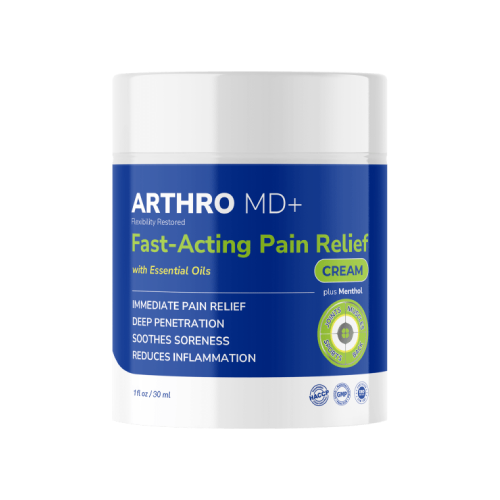


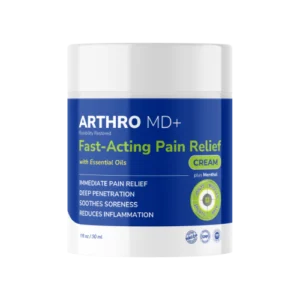
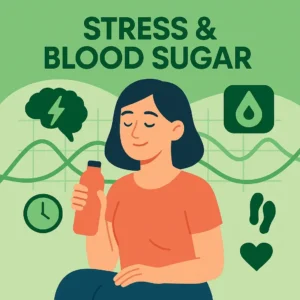


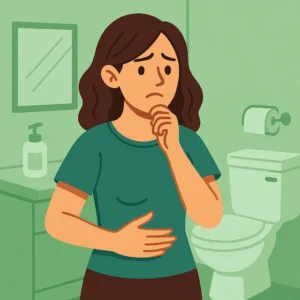
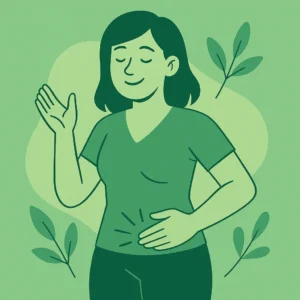

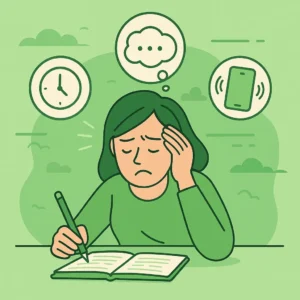
Post Comment